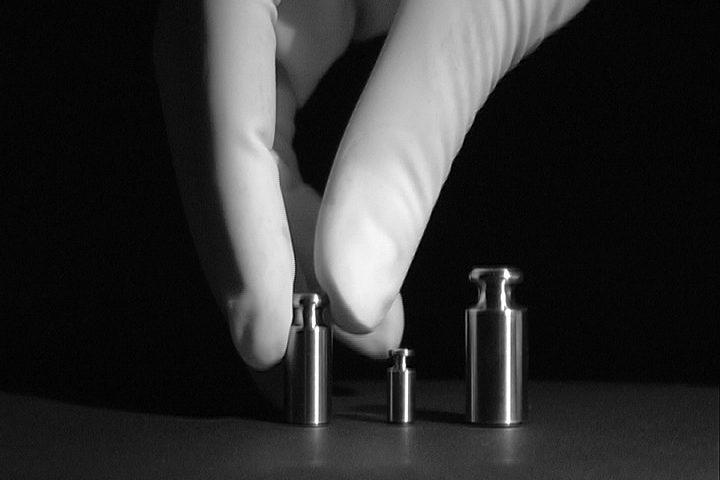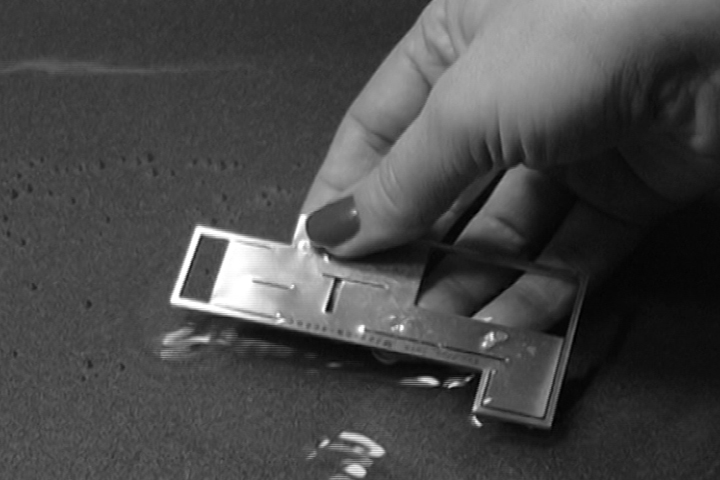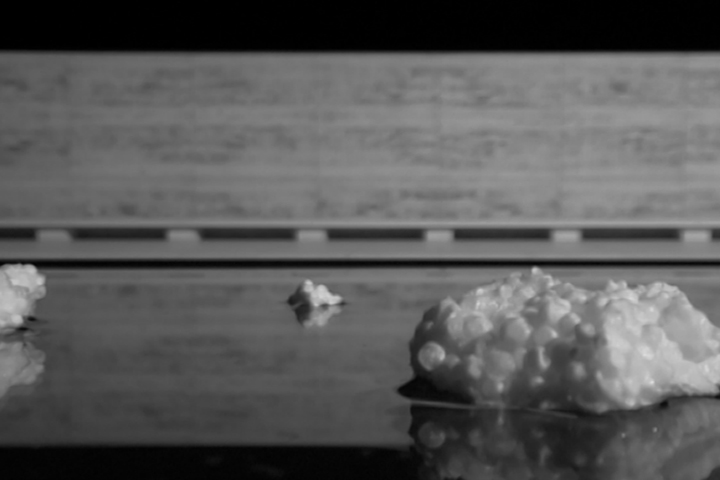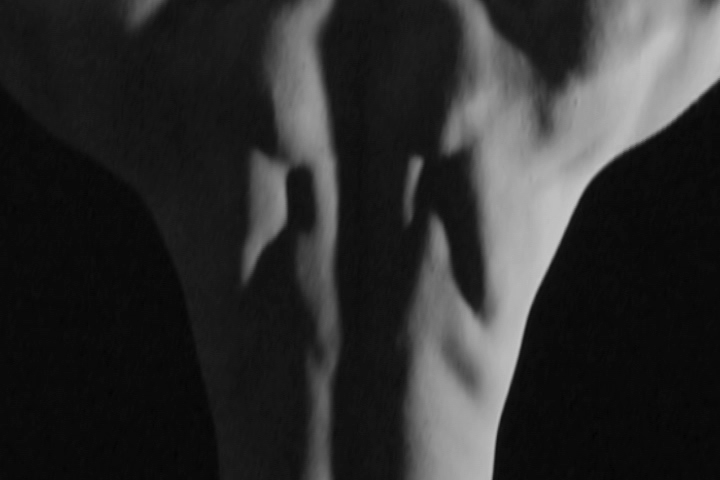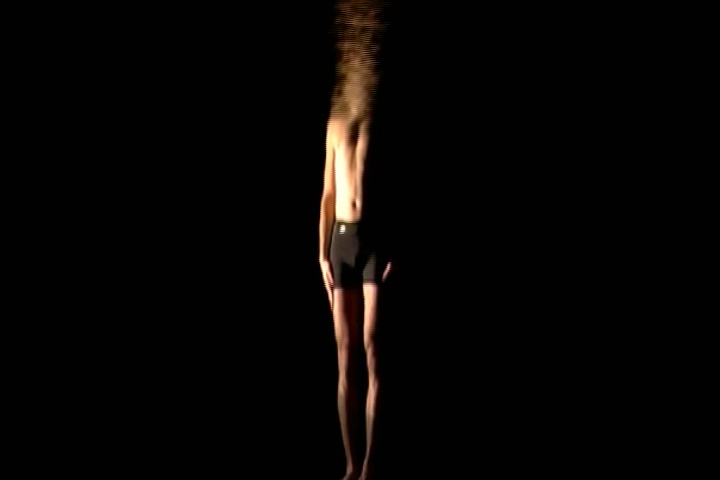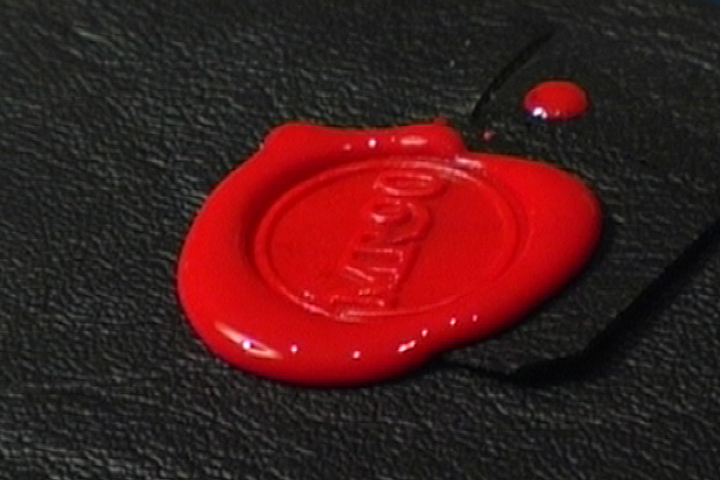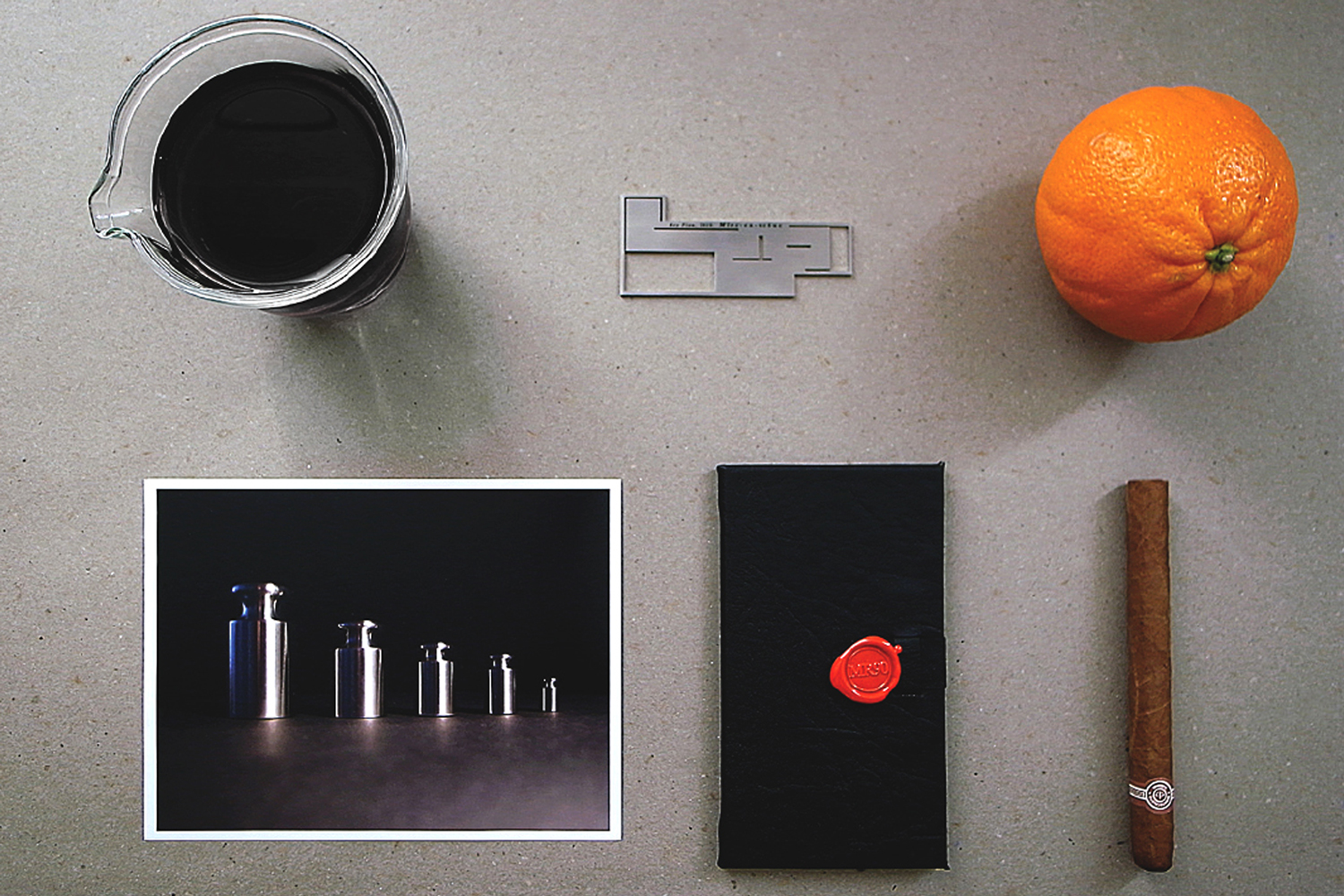Chronicles of Mies Van der Rohe Pavilion
The Barcelona Pavilion (1986) was reconstructed after more than half a century of absence, causing an expected controversy in the architectural milieu. Some hailed its remarkable interpretation, while others bemoaned the destruction of the photographic aura from architectural history. Since then, there is dispute among scholars with regard to the reincarnated yet highly ambiguous structure of the Modern Movement.
This thesis sets out with a hypothetical situation based on the premise the actual pavilion has been obliterated once again. In so doing, it prompts a cultural study of the various contended sources which have arisen from this epiphany and are of completely different nature on the account of those preceding the reconstruction. The findings suggest a conjunction of chronicles comprised of chronological approaches, conflicting interpretations, factual inaccuracies, fictional narratives and conceptual constructs that have been, and continue to be, published while simultaneously stimulating artistic creations. This study provides a strong evidence that the cultural production around and about the pavilion displays an intrinsic transdisciplinary nature.
Given the multitude of approaches, the methodology proposed is based on the argument of a schematic historiography that, from this particular contested place, is rendered as a manifold organic structure, not just confined by the rigid facts and concise criticisms, but it also springs from subjective interpretations and is enriched by misunderstandings and fictions. These latter occurrences that are usually discarded from historical studies should perhaps be given greater recognition for their contribution, which seems to broaden the scope of historiographical understanding and may suggest other hidden stories.
This thesis concludes with an artistic project formalized in a film experiment. This film, titled Mies-en-scène, is inspired by the multiplicity of readings and, at the same time, suggests my own interpretations on the subject matter, which were then translated into a sequence of moving images deployed in a calculated process of delirious associations. The chosen cinematic framework intentionally captures the viewer’s attention and invites them to contemplate, through an aesthetic and experiential level, the implications of the proposed schematic model.
In this perspective, the film formulates a fictional narrative where truth, artifice and memory are all intertwined, suggestive of the way in which reality and fiction are shaping our experience of contemporary art, life, architecture, and after all, history. In the end, the whole body of work reiterates a contemporary interpretation of the Barcelona Pavilion.
Given the multitude of approaches, the methodology proposed is based on the argument of a schematic historiography that, from this particular contested place, is rendered as a manifold organic structure, not just confined by the rigid facts and concise criticisms, but it also springs from subjective interpretations and is enriched by misunderstandings and fictions. These latter occurrences that are usually discarded from historical studies should perhaps be given greater recognition for their contribution, which seems to broaden the scope of historiographical understanding and may suggest other hidden stories.
This thesis concludes with an artistic project formalized in a film experiment. This film, titled Mies-en-scène, is inspired by the multiplicity of readings and, at the same time, suggests my own interpretations on the subject matter, which were then translated into a sequence of moving images deployed in a calculated process of delirious associations. The chosen cinematic framework intentionally captures the viewer’s attention and invites them to contemplate, through an aesthetic and experiential level, the implications of the proposed schematic model.
In this perspective, the film formulates a fictional narrative where truth, artifice and memory are all intertwined, suggestive of the way in which reality and fiction are shaping our experience of contemporary art, life, architecture, and after all, history. In the end, the whole body of work reiterates a contemporary interpretation of the Barcelona Pavilion.
Thesis
Chronicles of the Barcelona Pavilion:
Facts, Interpretations, Misunderstandings and Fictions (Download PDF)
Visual Essay (Download PDF)
Film
Mies-en-scène, DVD PAL 16:9, 25’35’’ (Video)
Advisor
Rafael Gómez-Moriana
Year
2008–2010
University
Universitat Politècnica de Catalunya in collaboration with Centre de Cultura Contemporanea de Barcelona
Program
Metropolis Masters and Graduate Program in Architecture and Urban Culture
Chronicles of the Barcelona Pavilion:
Facts, Interpretations, Misunderstandings and Fictions (Download PDF)
Visual Essay (Download PDF)
Film
Mies-en-scène, DVD PAL 16:9, 25’35’’ (Video)
Advisor
Rafael Gómez-Moriana
Year
2008–2010
University
Universitat Politècnica de Catalunya in collaboration with Centre de Cultura Contemporanea de Barcelona
Program
Metropolis Masters and Graduate Program in Architecture and Urban Culture

